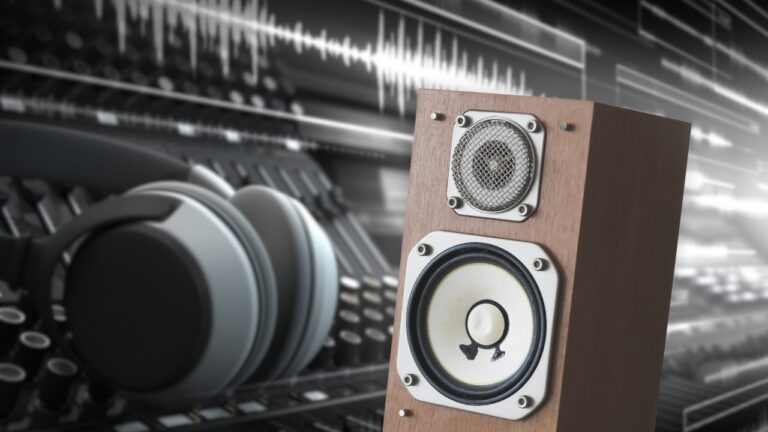Ah, the eternal audiophile quest for the ‘perfect sound.’ Whether you’re setting up a new home theater system, gaming rig, or musical sanctuary, you’ll be confronted with an overwhelming variety of speakers boasting different specifications and features.
Amid the jargon and numbers, you’ll encounter a term that often leaves many scratching their heads: Frequency Response. So, what is a good frequency response for speakers? How does it influence your audio experience? Grab a coffee because you’re about to embark on a sonic journey to answer these questions.
Frequency Response Explained

Before we plunge into the depths of what constitutes a ‘good’ frequency response, let’s clarify what we mean by the term. Frequency response describes how a speaker reproduces different frequencies of sound across the audible spectrum.
It’s often represented in a graph format, with frequency plotted on the x-axis and amplitude (loudness) on the y-axis. Imagine a piano keyboard. When you hit a low note, that’s a low frequency. When you strike a high note, that’s a high frequency. The frequency response tells you how accurately your speaker reproduces these notes—and all the notes in between.
The Human Hearing Range
It’s important to consider the limits of human hearing when discussing frequency response. The average human ear perceives frequencies from about 20 Hz (Hertz) to about 20,000 Hz (or 20 kHz).
- Low Frequencies (20 – 250 Hz): Think deep bass drums or the rumble of an earthquake in a movie.
- Mid Frequencies (250 – 4000 Hz): Most vocals and musical instruments lie in this range.
- High Frequencies (4000 – 20,000 Hz): These are your high hats, cymbals, and squeaky door hinges in a horror film.
Understanding this helps you make an informed decision when choosing speakers that promise to deliver sound within this range or beyond.
Why It Matters
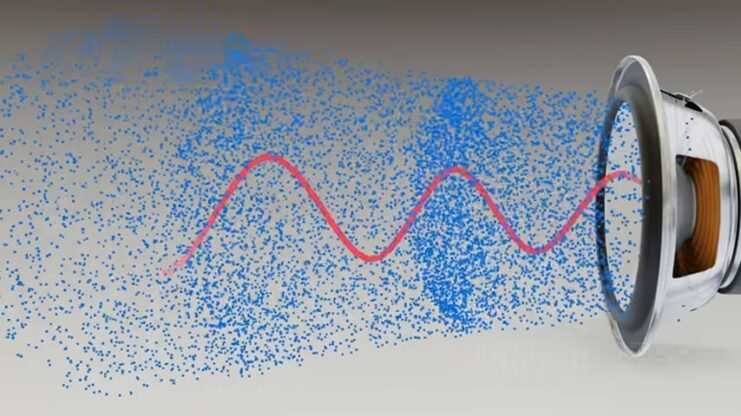
In Music
If you’re an audiophile, the frequency response will be your playground. A speaker with a good frequency response will make your favorite songs sound just like the artist intended. It’ll reveal the thump in the bass, the texture in the vocals, and the sparkle in the highs.
For example, jazz music often requires a speaker that can handle intricate mids and highs for saxophones and trumpets. On the other hand, electronic music lovers might prefer speakers that can deliver pounding bass without distorting the high frequencies.
In Movies
Movie buffs, take note: A speaker’s frequency response will also affect how you experience films. The roars of dinosaurs, the screech of car tires, the subtle atmospheric music—each sound plays a critical role in your viewing pleasure.
In a home theater setup, you might want speakers that can deliver a broad frequency range to catch all the nuances, from deep rumbles to high-frequency dialogues. A soundbar may not provide the full range compared to a dedicated multi-speaker setup, but a good frequency response can still make a significant difference.
Reading Frequency Response Curves
The Graph
Alright, now you know what frequency response is and why it matters. But how do you read those squiggly lines on a graph? The x-axis usually represents the frequency range (in Hz), and the y-axis represents the loudness (usually in dB or decibels).
A ‘flat’ line on this graph means the speaker reproduces all frequencies at the same volume. But don’t be fooled—a perfectly flat line doesn’t necessarily mean a ‘perfect’ speaker. Real-world variables affect this ideal scenario.
Peaks and Dips
As you look at the frequency response curve, you might notice peaks and dips. Peaks indicate frequencies that the speaker plays louder than others, and dips represent frequencies that are softer.
For example, if you see a peak around 60 Hz, you’ll know that the speaker emphasizes bass frequencies. Similarly, a dip around 3 kHz may mean that the speaker could make vocals less prominent. Your ‘perfect curve’ might differ depending on your listening preferences.
The Flat Response Debate
A flat frequency response is often heralded as the gold standard, especially in professional audio settings like studios. Here, the goal is to reproduce sound as accurately as possible without coloration.
However, some audiophiles and casual listeners prefer a more ‘colored’ sound, like a little extra bass or emphasized vocals. So, while a flat response is technically accurate, your personal preference will play a significant role in determining what is ‘good’ for you.
Other Factors to Consider
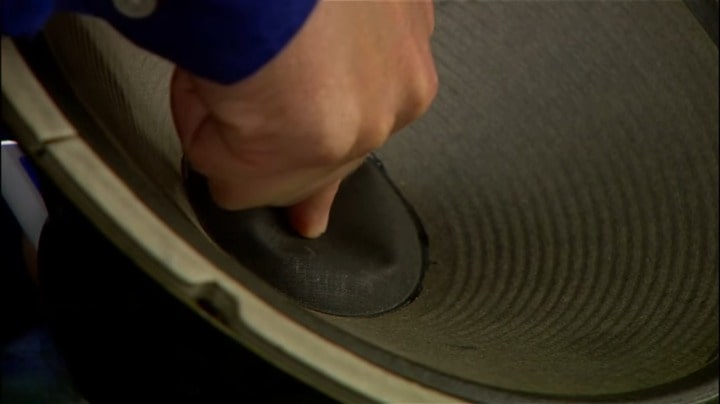
Material and Design
The frequency response isn’t solely determined by the internal electronics. The materials used for the speaker cone, the design of the cabinet, and even the shape of the speaker can influence how it reproduces sound.
- Cone Material: Paper cones tend to produce warmer sounds, while metallic cones might offer sharper highs.
- Cabinet Design: The design can affect how sound waves are emitted and interact with your room.
- Shape: Some modern speakers use unconventional shapes to influence the direction and quality of sound.
Room Acoustics
The speaker’s frequency response will also interact with the acoustics of your room. Walls, furniture, and even the shape of the room can affect how you perceive sound. For example, a room with a lot of upholstery might ‘absorb’ some frequencies, while a room with many hard surfaces may make the sound brighter or harsher.
Electronics and Signal Processing
Amplifiers and sound processors can also alter the perceived frequency response. Some modern speakers even come with built-in equalizers that let you adjust everything to your liking.
Key Takeaways and Recommendations
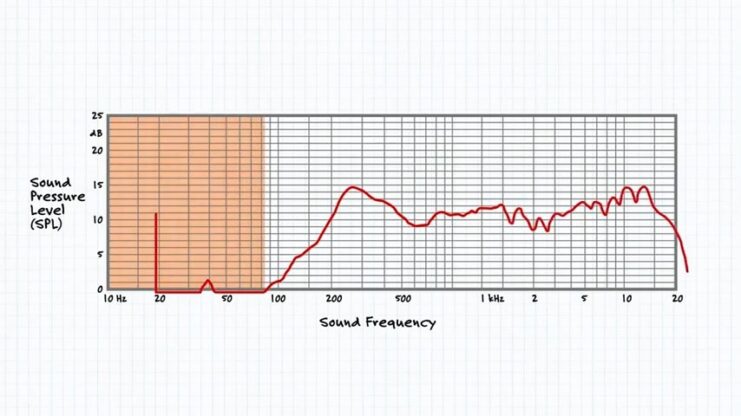
What to Look For
- Broad Frequency Range: Look for a frequency range that is as close to 20 Hz to 20 kHz as possible.
- Minimal Peaks and Dips: Consistency across the spectrum often indicates a well-engineered speaker.
- Personal Preference: Always consider what sounds good to your ears; after all, you’re the one listening!
Words of Wisdom
- Don’t be too swayed by marketing hype.
- Always listen to speakers in multiple settings when possible.
- Trust your ears more than specs; they are the ultimate judges.
Next Steps
You’re armed with the information you need to find the speakers with the ‘good’ frequency response you’re looking for. Your next step? Get out there and start listening! Whether you’re upgrading your home theater or looking for the perfect studio monitors, you now know how to analyze and consider frequency response.
FAQs
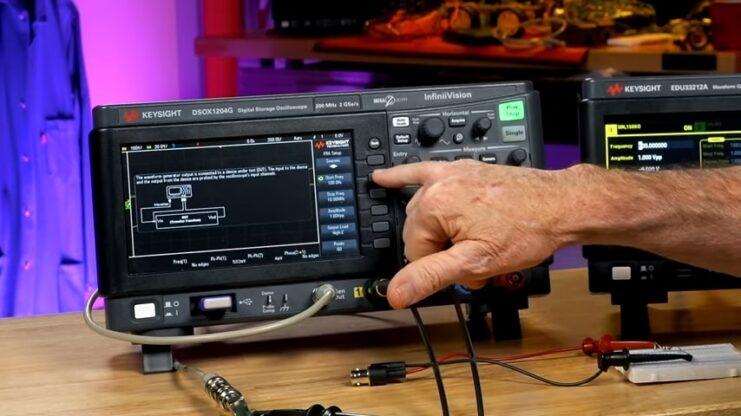
How is Frequency Response Measured?
It is typically measured by exciting the system with an input signal and measuring the resulting output signal. The frequency spectra of the two signals are then compared to isolate the effect of the system.
What are Bode Plots?
Bode plots are commonly used to graph the magnitude and phase of a system’s frequency response against frequency. They are useful for analyzing the performance of speakers and other audio equipment.
What is Nonlinear Frequency Response?
If a system is nonlinear, linear frequency domain analysis will not reveal all the nonlinear characteristics. Nonlinear frequency response methods may reveal effects such as resonance, intermodulation, and energy transfer.
What is the Role of Digital Filters in Frequency Response?
Once a frequency response has been measured, its characteristics can be approximated with arbitrary accuracy by a digital filter. This can be used to compensate for deficiencies in a system’s frequency response.
Can Frequency Response be Applied to Other Domains?
Yes, it can also be applied to biological domains, such as the detection of hormesis in repeated behaviors with opponent process dynamics, or in the optimization of drug treatment regimens.
What are the Limitations of Frequency Response Analysis?
Frequency response analysis is most effective for linear and time-invariant systems. For nonlinear systems, generalized frequency response functions and nonlinear output frequency response functions are used.
What is the Connection Between Frequency Response and Transfer Function?
The frequency response is closely related to the transfer function in linear systems. It is essentially the Fourier transform of the impulse response, and they have a one-to-one correspondence in linear systems.
Final Words
Sound is a deeply personal experience, and your ‘perfect’ speaker will depend on various factors, including the type of media you most often consume and even your room’s acoustics. But understanding frequency response brings you one step closer to finding your audio nirvana.
Related Posts:
- Top 11 Best Computer Speakers With Subwoofer 2024 -…
- Good Things That Come In Threes With Details: The…
- Toshiba Satellite C75-C7130 Laptop - Good Notebook…
- How To Tell If Your Speakers Are Blown - Your Handy…
- How To Install A Subwoofer To A Factory Stereo - DIY…
- How To Connect Bluetooth Speaker To PS4? Unlock…

